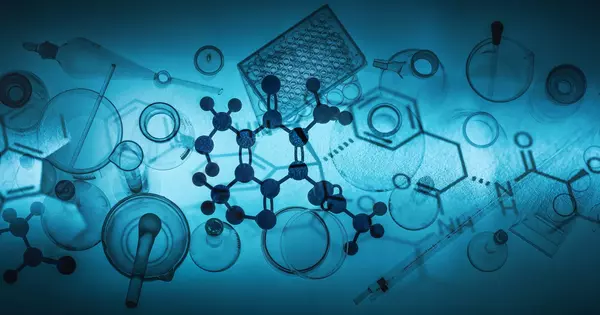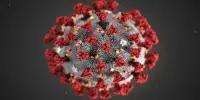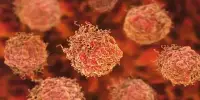Cancer diagnosis typically involves a combination of imaging tests (such as X-rays, CT scans, and MRIs) and tissue biopsies to determine the presence of cancer and its stage. Treatment options for cancer can vary depending on the type and stage of cancer, but typically include surgery, radiation therapy, chemotherapy, immunotherapy, and targeted therapy.
After demonstrating the staining effects of the tumor-initiating cell probe TiY, researchers demonstrate its therapeutic effects.
Cancer is no longer incurable. Nonetheless, according to Statistics Korea data released last year, cancer will remain the leading cause of death in Korea in 2021. This highlights the ongoing battle against cancer, which necessitates effective prevention measures as well as timely diagnosis and treatment. However, the question of whether it is possible to provide treatment as soon as a diagnosis is made remains unanswered.
In the present study, the team observed changes in cancer stem cells in response to different concentrations of TiY. The team obtained cancer stem cells from patients with lung cancer and transplanted them into mice for experimental purposes.
A POSTECH research team led by Professor Young Tae Chang (Department of Chemistry) and Research Professor Nam-Young Kang (Department of Convergence IT Engineering) collaborated with researchers at A*STAR in Singapore to determine the ability of fluorescent probe for tumor-initiating cell yellow (TiY) to stain the cells responsible for tumor growth and simultaneously suppress the growth of those cells. The empirical data of the research was published in the journal Theranostics, which covers treatment, diagnosis, and personalized medicine.
In their previous study, the research team developed fluorescent probe TiY with the ability to selectively identify and detect tumor-initiating cells (TICs), much like a fluorescent highlighter. Building upon this accomplishment, the team has conducted research aimed at exploring the potential of TiY for cancer treatment.

In the present study, the team observed changes in cancer stem cells in response to different concentrations of TiY. The team obtained cancer stem cells from patients with lung cancer and transplanted them into mice for experimental purposes. In order to evaluate the therapeutic effects of TiY staining, the team gradually increased the dose of TiY administered to the mice via intravenous injection in their tests.
TiY has been shown to stain cancer stem cells when exposed to low concentrations. However, as TiY concentration increases, it demonstrates a remarkable ability to effectively inhibit the growth of cancer stem cells, resulting in significant destruction. TiY molecules have the ability to selectively bind themselves to vimentin, a muscle-specific protein that is a component of the cytoskeleton of cancer stem cells, allowing TiY to specifically target and inhibit the growth of these cells.
Current cancer treatments often fail to achieve complete tumor removal, as cancer cells can be metastasized to other organs or recur. Given the challenge, TiY presents a promising approach to cancer treatment as it can facilitate both diagnosis and treatment in a single step















